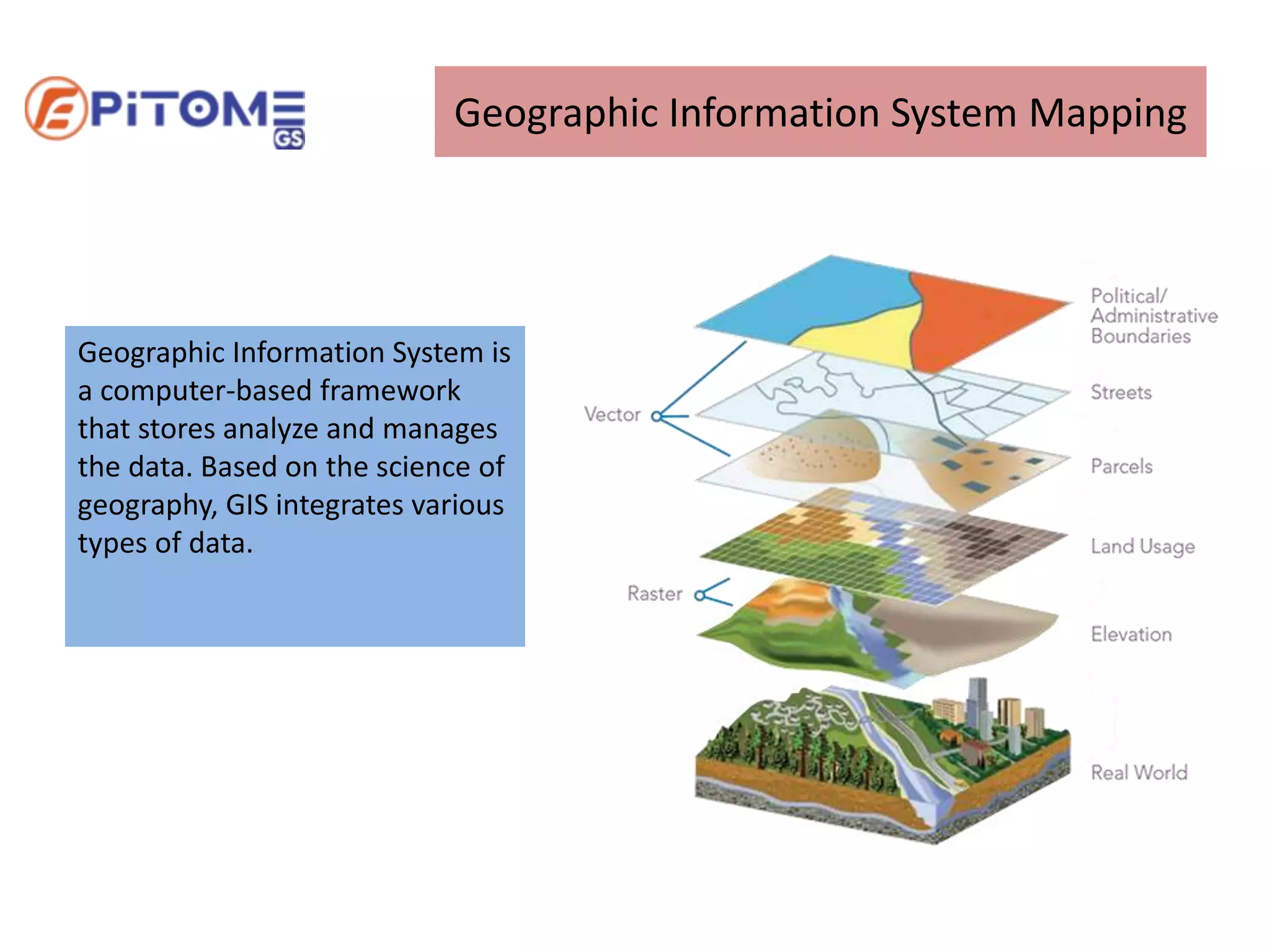GPR, also called Ground Penetrating Radar, is a crucial tool in geophysics, offering a view of what lies beneath the planet's surface. As the requirement for precise and efficient surveying techniques grows, GPR surveys have gained significant traction across various industries. But what precisely is a GPR survey, and why is it crucial? This technology enables minimal-invasive exploration of sub-surface structures, uncovering various utilities and archaeological artifacts to geological formations and potential hazards.
The significance of GPR surveys is immense. They offer a variety of benefits in underground detection, aiding in construction and engineering projects by providing vital information before ground disturbance. Understanding the technology behind GPR is crucial for anyone looking to use it efficiently. In this article, we will delve into the practical applications, advantages, and considerations of GPR surveys, arming you with the knowledge needed to traverse this cutting-edge field and make well-informed decisions for your projects.
Grasping Ground Penetrating Radar Technology & Its Importance
Ground Penetrating Radar, commonly known as GPR, is a non-invasive technique which utilizes electromagnetic radiation to create visual representations of subsurface structures. This technology works by transmitting electromagnetic pulses into the ground and collecting the echoed signals from multiple underground materials. The duration it takes for the echoes to come back is utilized to assess the depth and composition of the materials below, allowing for a comprehensive analysis of the underground structure the ground eliminating the need for excavation.
The importance of GPR technology is crucial, especially in fields such as construction, civil engineering, and historical studies. By offering read here regarding subsurface conditions, GPR improves decision-making and minimizes the risks related to unexpected underground obstacles. Its ability to detect services, gaps, and various key elements is vital for planning and executing building endeavors and ensuring security and adherence to legal requirements.
Additionally, GPR technology offers a cost-effective solution compared to traditional surveying methods. It minimizes the risk for damage to infrastructure and lowers the requirement for costly and labor-intensive exploratory digging. As sectors continue to embrace cutting-edge technologies, the dependence on GPR surveys is expected to grow, making it an crucial tool for experts aiming to enhance their initiatives and resources effectively.

Primary Uses and Advantages of GPR Surveys
GPR surveys are crucial in various fields, notably for their ability to locate and map underground infrastructure, services, and geological features. This technique is commonly used in construction and development initiatives, where comprehending subsurface situations is crucial for successful execution. By delivering immediate data, GPR investigations help engineers steer clear of potential hazards, such as hitting underground utilities during digging, thereby enhancing safety and efficiency on worksites.
In addition to construction, GPR investigations play a major function in ecological and geotechnical assessments. They permit professionals to evaluate soil environments, identify buried hazards, and determine site fit for development activities. This capability is essential in making informed decisions about land use and environmental remediation while also maintaining compliance with government standards. The minimal disruption quality of GPR allows that projects can move forward with slight disruption to the surface and the surroundings.
An additional key application of GPR is its use in historic research, where it enables discover hidden objects and structures without digging. This non-destructive method not only protects the status of archaeological sites but also offers researchers with significant data into past actions. The versatility of GPR surveys makes them an critical tool across various fields, leading to time savings, economical answers, and well-informed decision-policies throughout the project lifecycle.
Factors and Future Trends in GPR Surveying
As GPR tech continues to advance, several considerations emerge for experts seeking to integrate this method into their projects. One crucial aspect is the requirement for skilled operators who understand both the technology and the geoscientific context in which it is used. Educational programs and certifications are becoming increasingly important to guarantee that surveyors can interpret data accurately and make educated decisions based on GPR results. Additionally, staying updated with see this in GPR tech is essential for maximizing the effectiveness of surveys.
Upcoming developments in GPR surveying are heading towards enhanced data processing and analysis methods. Developments such as artificial intelligence and machine learning are being explored to enhance the analysis of GPR data, allowing for quicker and more accurate insights. Moreover, the integration of GPR with alternative geophysical methods, including electromagnetic surveys and ground-based lidar, may provide a more holistic understanding of subsurface conditions. This multimodal approach could significantly enhance the accuracy of underground assessments.
Finally, the growing demand for sustainable construction practices is expected to fuel the integration of GPR surveys. As sectors aim to reduce ecological impact, GPR offers a non-destructive means of surveying that can help in planning and carrying out initiatives with a reduced carbon footprint. In the future, we can anticipate GPR methods to become more accessible and versatile, solidifying its role as a vital tool in the geophysical field, building, and ecological assessments.
